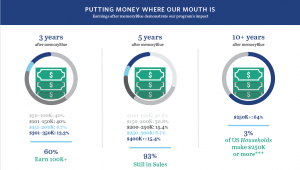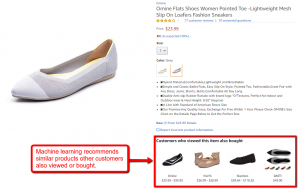The evolution of mobile technology has empowered consumers to get immediate information at any place and time. Due to the convenience mobile offers and the wide adoption of smartphones, it’s no surprise mobile search volume surpassed desktop search last year.
eMarketer estimates mobile ad spend will account for 72% of US digital ad spend by 2019. And a small, yet increasingly influential, factor in this growth? Voice search.
Let’s dive right into the growth of voice search and discuss ways to capitalize on it.
Why Care About Voice Search?
Voice search has been fueled by virtual assistants such as Apple’s Siri and Microsoft’s Cortana. Juniper Research estimates that about 80% of virtual assistants usage will occur through mobile devices. MindMeld also recently conducted a study and found that virtual assistant usage has seen a large uptick within the past 12 months. Here is a chart of their recent usage study findings:

With virtual assistant usage on the rise, here are 3 ways search marketers can capitalize on voice search.
Shopping Campaigns
Microsoft recently conducted a study on three key characteristics of omnichannel shoppers:
- They’re channel agnostic.
- They spend more – up to 75% more – when they visit stores, online, and mobile destinations versus just shopping in store.
- They have short attention spans.
As search marketers, we need to be strategic to ensure that we capture the consumer’s interest quickly, and get them to spend as much as possible to improve ROI. When consumers conduct voice searches via a virtual assistant through their mobile phone, the queries are often much longer because consumers use natural language. They’re not conducting a standard type-in query.
Search marketers will need to expand their shopping campaigns to include much broader search keywords to ensure they’re bidding effectively. Be sure to keep your ad groups tightly knit and broken out by match type so you can find new keywords that are occurring from the increased broad match queries.
And with the ability to now bid higher on mobile, search marketers can more efficiently capture the increase in search from virtual assistants – as long as our budget and keyword lists are expansive.
App Engagement
App download and app engagement campaigns in AdWords have gained popularity with the rise of mobile. And for companies that directly profit from app usage or even advertise in apps, such as LinkedIn or Facebook, the growth of voice search could really benefit their bottom line.
Siri, the virtual assistant for Apple devices, will become the UI that controls third-party apps. With increased usage in mobile apps, there is increased advertising opportunity for search marketers to capture more traffic and more conversions.
Best practices will still apply for in-app advertising: use strong and appropriate call to actions, segment your target markets by campaign to allocate budget and bids to the strongest performers, and always test new creative. For example, since the majority of voice searches occur on a smartphone, a “Call Now” CTA is often the most appropriate. It’s easier than filling out a form for consumers, enables consumers to ask more questions, and can be tracked just like clicks on other advertising.
Search Network and Video Campaigns
It’s estimated that 50% of all U.S. digital media time is spent in smartphone apps. As it becomes more convenient for consumers to use their virtual assistant to access apps and conduct research, search marketers could experience increased spend for both YouTube video campaigns and search networks. YouTube and Google Search Apps are already two of the top 5 most-used apps according to comScore.
As more consumers adopt using virtual assistants, search marketers could see increased traffic, specifically in mobile search traffic and even YouTube impressions and clicks. As marketers, we love growth opportunities, but as we allocate more spend to capture more traffic is your team prepared to prove your ROI? Defining and capturing every conversion will be the key to success. Micro conversions that lead consumers along their journey all the way until the macro conversion that results in revenue has to be attributed, and that includes app sales, app usage, email sign ups, phone calls, social clicks, etc.
Start mapping out your plan now for how you can report on increased mobile spend and conversions.
Business & Finance Articles on Business 2 Community(30)








